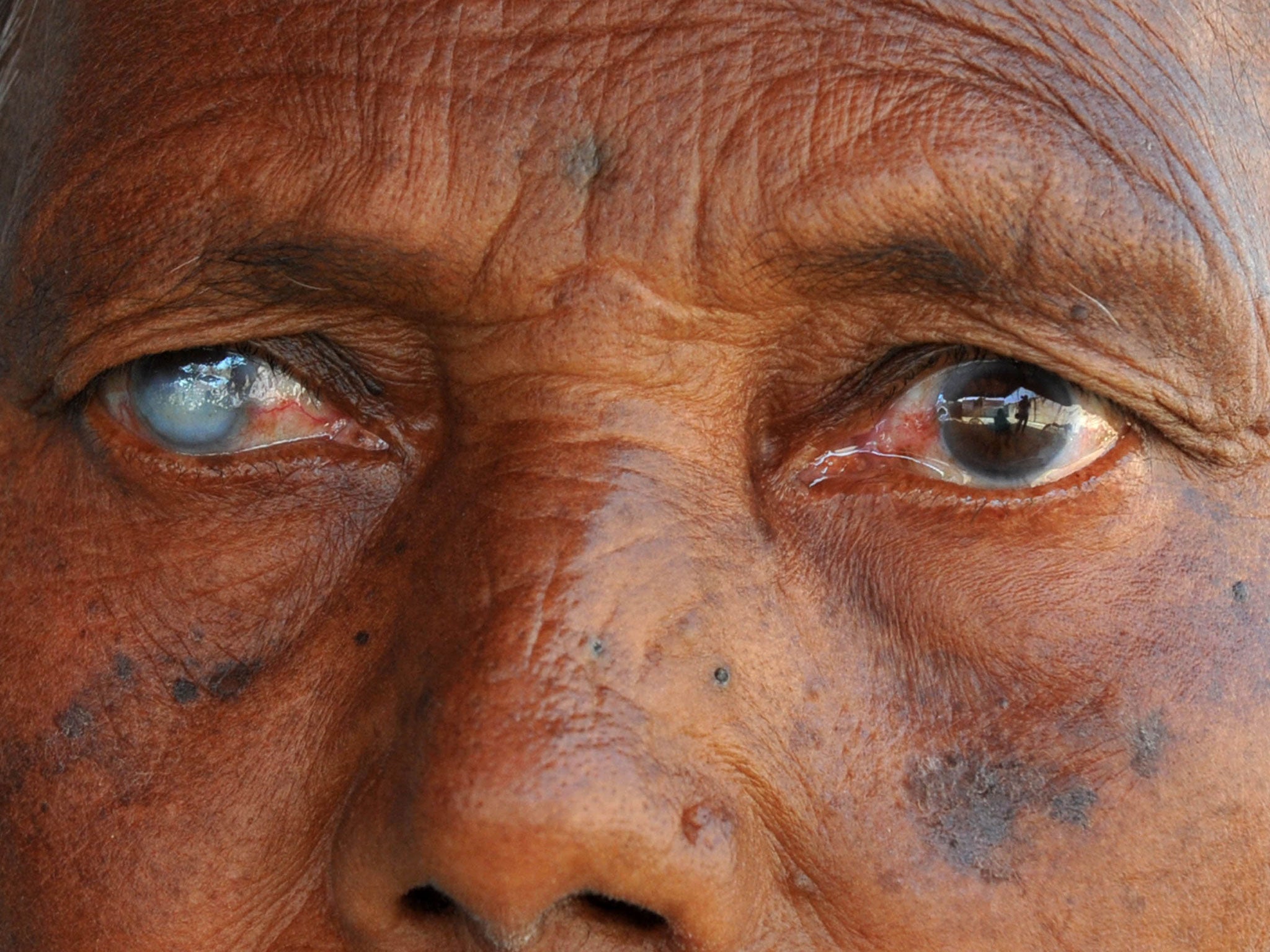Procedure to restore sight in dogs gives hope for future blindness cure
Scientists hope treatment could lead to cure for retinitis pigmentosa

Scientists have partially restored the sight of animals suffering from a form of inherited blindness using a gene therapy technique to replace the lost light-sensitive cells of the eye.
The findings suggest there could one day be an effective treatment to help the thousands of people in Britain with retinitis pigmentosa, an inherited condition resulting in the progressive loss of the photosensitive cells in the retina.
The study found that congenitally blind mice and dogs with a condition similar to retinitis pigmentosa could regain some of their vision following therapy based on the addition of a human gene that enabled cells in the retina to become sensitive to light.
Retinitis pigmentosa involves the progressive loss of both kinds of photoreceptors in the retina – the rods and the cones – usually from the edge of the retina to the centre, leading to worsening tunnel vision caused by the loss of peripheral sight.
However, in addition to rods and cones there are other cells in the retina – called the ganglion and the bipolar cells – that can remain undamaged. The researchers used gene therapy to convert these cells to light-sensitive photoreceptors by inserting an additional gene for a protein known as an “ion channel” which helps to convert light into a nerve impulse.
Once the scientists had converted millions of retinal cells by gene therapy, they injected another chemical known as a “photoswitch” into the eye, which attached itself to the ion channel protein, enabling the full conversion of light into an electrical signal relayed to the brain.
It was thought the loss of light-sensitive cones and rods would cause irreversible blindness but the new approach suggests that it may be possible to convert the remaining healthy cells of the retina into working photosensitive cells, and so restore some vision.
Blind mice that underwent the treatment were able to navigate themselves around a maze that they had been unable to cross before the gene therapy, according to the study, published in the journal Proceedings of the National Academy of Sciences.
In addition, both the mice and a group of dogs with inherited blindness were able to distinguish between flashing and non-flashing light, indicating that they had some level of restored vision, the scientists said.
“We’ve shown that we can deliver the photoswitch and restore light response to the blind retina of dogs as well as in the mouse, and that the treatment has the same sensitivity and speed of response. We can reanimate the dog retina,” said Professor Ehud Isacoff of the University of California, Berkeley.
“The dog has a retina very similar to ours, much more so than mice, so when you want to bring a visual therapy to the clinic, you want to first show that it works in a large animal model of the disease,” said Professor Isacoff, who led the research team.
The researchers tried converting both ganglion cells and bipolar cells into photoreceptors and found that bipolar cells were particularly good at mimicking the nerve activity seen in normal, healthy retinas with intact rods and cones.
“When we put the photoswitched channels into bipolar cells and record the output of the ganglion cells, we see complicated patterns that look a lot like the activity you get in a normal retina, compared to the on-off activity you get when you put the same photoswitch into a ganglion cell,” Professor Isacoff said.
The blind dogs had inherited a genetic disease caused by the same gene defects as some of the human patients with retinitis pigmentosa. They were rescued from an animal breeding centre and are currently undergoing tests to see how much of their vision has been restored, the researchers said.
“Use of such a clinical relevant large animal model allows us to begin tackling the next challenges on the road to translating this novel therapeutic strategy to human patients,” said William Beltran, a veterinary ophthalmologist at the University of Pennsylvania in Philadelphia.
Subscribe to Independent Premium to bookmark this article
Want to bookmark your favourite articles and stories to read or reference later? Start your Independent Premium subscription today.

Join our commenting forum
Join thought-provoking conversations, follow other Independent readers and see their replies